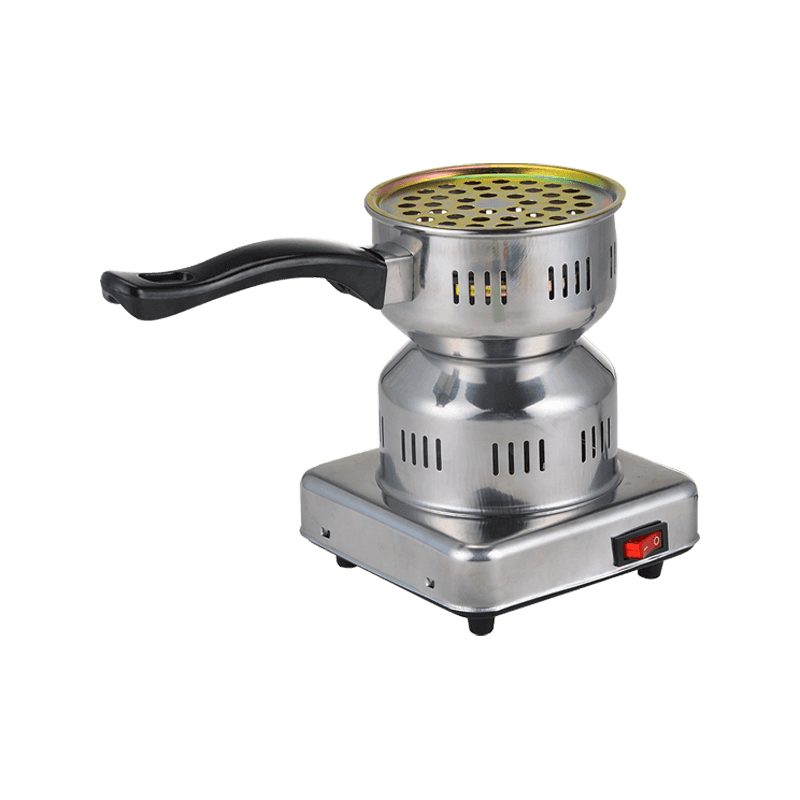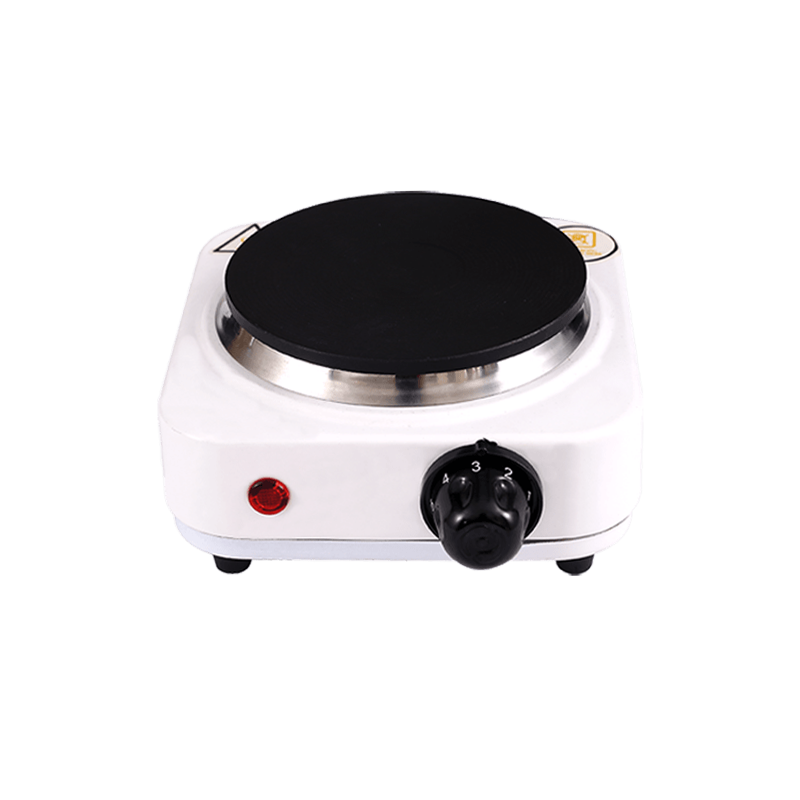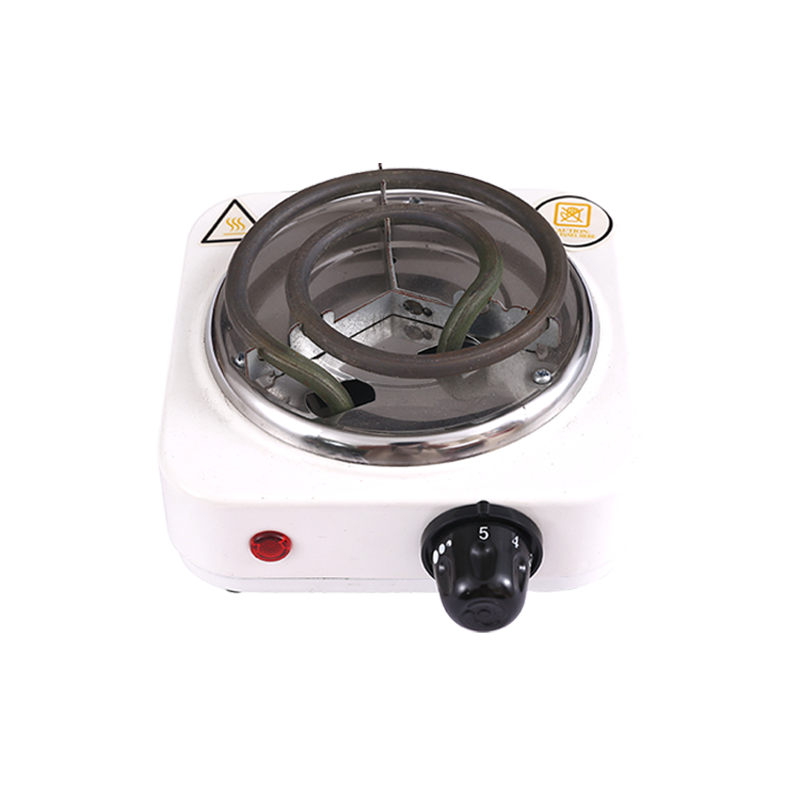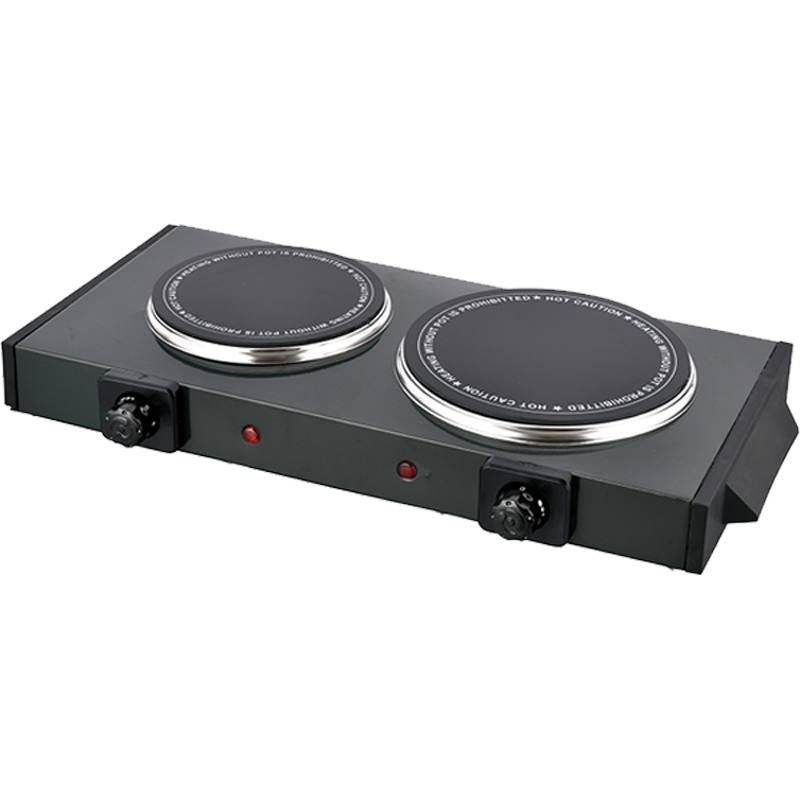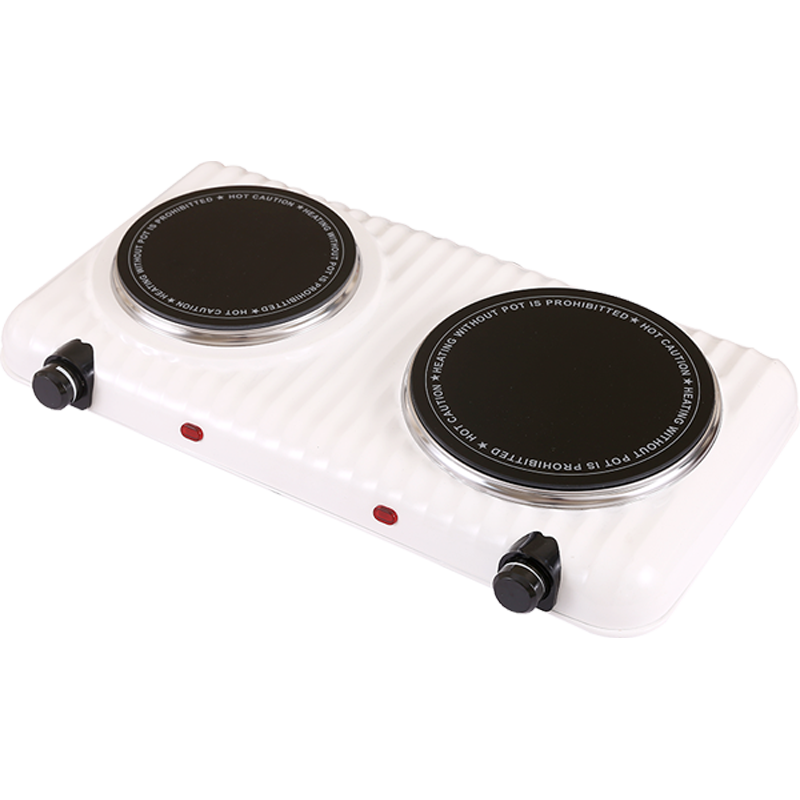+86-579-87253168
This shift has led to the development of various types of hot plates, including single electric plates, tiny hot plates, and battery-operated hot plates. Each of these devices offers unique benefits and applications, catering to a range of needs from compact living spaces to outdoor activities.
Typically designed with a single heating element, these plates are ideal for small kitchens, dorm rooms, or as an additional burner in a larger kitchen setup. Their simplicity and ease of use make them a favored option for many.
The operation of a single electric plate is straightforward. It generally features a flat, smooth surface where heat is generated through electrical resistance. Users can adjust the temperature using a dial or digital controls, allowing for precise cooking temperatures. The compact design of these plates ensures they occupy minimal counter space, making them particularly useful in tight environments.
Moreover, single electric plates are known for their energy efficiency. Unlike traditional stoves that can consume large amounts of electricity or gas, these plates provide targeted heat, reducing overall energy consumption. This efficiency not only benefits the user in terms of cost savings but also contributes to a more sustainable lifestyle.
Tiny hot plates, as their name suggests, are even more compact than single electric plates. These devices are designed for situations where space is at a premium, such as in tiny homes, RVs, or during travel. Despite their small size, tiny hot plates can deliver impressive performance.
Typically, these hot plates feature one or two burners, which can accommodate small pots and pans. The compact design allows them to be easily stored away when not in use, making them a practical choice for those with limited storage space. Some models are designed with retractable cords or built-in storage compartments for added convenience.
Tiny hot plates are also praised for their versatility. They can be used for a variety of cooking tasks, from heating up simple meals to preparing more complex dishes. The portability of these devices makes them suitable for both indoor and outdoor use, catering to a wide range of cooking needs.
Battery-operated hot plates represent a newer development in the portable heating market. These devices are powered by rechargeable batteries, offering a level of flexibility and mobility that traditional electric or gas hot plates cannot match. The ability to use these hot plates without relying on an external power source makes them particularly useful for outdoor activities, camping trips, or emergency situations.
The design of battery-operated hot plates varies, but they generally feature a compact and lightweight structure. The batteries used in these devices are often rechargeable lithium-ion types, known for their longevity and efficiency. Some models also come with multiple heat settings, allowing users to adjust the temperature according to their needs.
One of the significant advantages of battery-operated hot plates is their independence from power outlets. This feature is especially beneficial in remote locations where access to electricity may be limited. Additionally, the portability of these hot plates means they can be used in various settings, from outdoor gatherings to temporary workspaces.
However, it's important to note that battery-operated hot plates typically have a limited cooking time compared to their electric counterparts. The capacity of the battery can affect how long the hot plate can maintain a consistent heat level, making it essential for users to plan their cooking activities accordingly.
The advancement of portable heating technology has led to the development of single electric plates, tiny hot plates, and battery-operated hot plates, each catering to different needs and preferences. Single electric plates offer a reliable and efficient cooking solution for small spaces, while tiny hot plates provide an even more compact option for space-constrained environments. Battery-operated hot plates, on the other hand, offer unparalleled flexibility and portability, ideal for situations where access to electricity is limited.




 عربى
عربى
